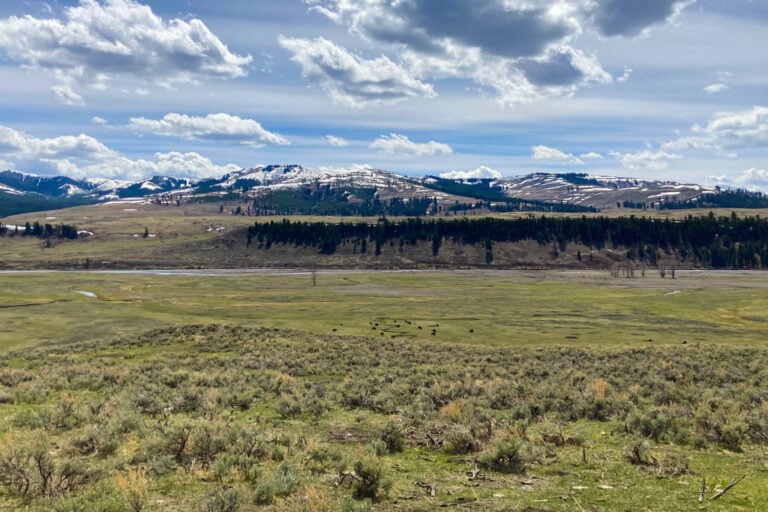The Role of the U.S. National Park System in Preserving American History and Culture
When most people think of the U.S. National Park System, towering sequoias, majestic canyons, and sprawling wilderness likely come to mind. But beyond the stunning landscapes, these parks also serve as vital guardians of American history and culture.
Established not only to protect natural beauty but also to preserve the nation’s heritage, the National Park System encompasses more than 430 sites, including historic battlefields, landmarks, and cultural landscapes that tell the complex story of the United States.
From the battle-scarred fields of Gettysburg to the haunting ruins of ancient Puebloan cliff dwellings at Mesa Verde, each site within the National Park System offers a tangible link to the people, events, and ideas that have shaped the country.
In this article, we’ll explore why the National Park System is so essential to preserving American history and culture, highlighting its unique role in education, collective memory, inclusivity, and the ongoing evolution of the American identity.
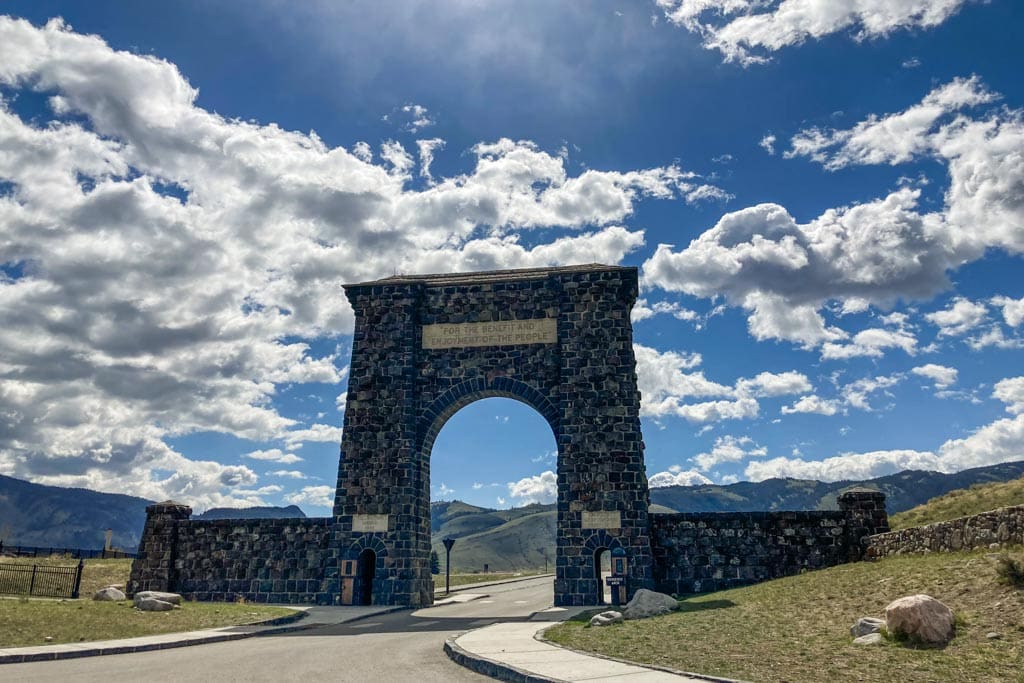
The Origins of a National Legacy
The “national park idea” is itself a cultural innovation. When Yellowstone was established as the world’s first national park in 1872, it was not just a move to conserve land but to create a democratic space where the wonders of nature would belong to all people—not just the elite.
As the concept evolved, so did the mission. By the time the National Park Service (NPS) was officially created in 1916, its mandate had grown to include the preservation of “scenery, and natural and historic objects, and wildlife.”
The early visionaries of the NPS—people like John Muir, Theodore Roosevelt, Stephen Mather, and Horace Albright—understood that the identity of a nation is shaped not only by its natural grandeur but also by its stories.
Over the decades, the Park System expanded to protect buildings, historic neighborhoods, and cultural landmarks that reflect the social, political, and economic movements that have defined the American experience.
Learn more about the (political) history of the National Park Service here.
A Living Archive of American History
More than 150 of the sites managed by the NPS are explicitly historical in nature. These include presidential homes, Revolutionary and Civil War battlefields, ancient archaeological sites, and important buildings in the civil rights movement.
These national parks serve as living archives, where visitors can walk the same paths as Abraham Lincoln, stand where Dr. Martin Luther King Jr. once preached, or witness the ruins of ancient civilizations long before European colonization.
Presidential Legacies and Founding Ideals
Sites like the George Washington Birthplace National Monument, Ulysses S. Grant National Historic Site, and the Lincoln Home National Historic Site offer intimate glimpses into the lives of those who helped shape the nation.
The preservation of these presidential sites ensures that Americans have access to the physical environments that influenced pivotal leaders. Walking through Ulysses S. Grant’s horse stable or standing in Theodore Roosevelt’s study enables a deeper connection to their philosophies, flaws, and accomplishments.
Moreover, the preservation of these spaces fosters critical reflection. The NPS’s evolving interpretation of these sites reflects a more nuanced understanding of history, presenting multiple perspectives that encourage dialogue rather than dogma.
Additionally, the National Park System also includes memorials and monuments dedicated to former U.S. presidents, such as Mount Rushmore National Memorial, the Washington Monument, and the Thomas Jefferson Memorial.
Even the White House itself is part of a national park: President’s Park.

Preserving the Memory of Conflict
The battlefields of the National Park System are among the most emotionally powerful places in America. Sites such as Manassas, Spotsylvania, Gettysburg, Antietam, and Vicksburg serve as somber reminders of the cost of war and the fragility of the Union.
Preserving these landscapes allows future generations to learn not only about strategy and sacrifice but also about the broader cultural and political contexts that led to these conflicts.
At Gettysburg National Military Park, for instance, visitors can engage with exhibits that explore the motivations of both Union and Confederate soldiers, the role of African American troops, and the ways in which the Civil War continues to influence national discourse. These spaces help people confront uncomfortable truths and consider the ongoing work of healing and unity.
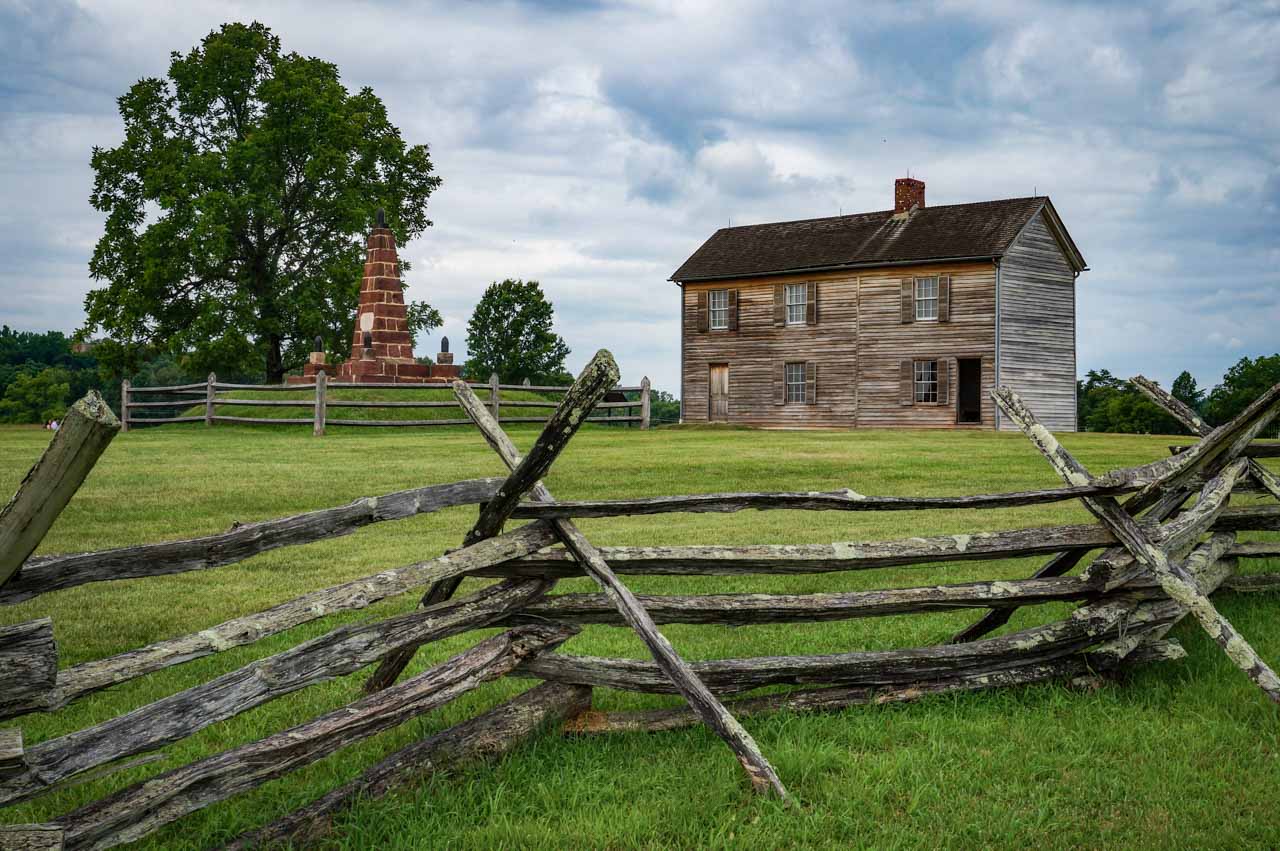
Cultural Heritage Sites and Indigenous Voices
The National Park System also protects invaluable Native American heritage. Parks like Mesa Verde, Chaco Culture National Historical Park, and Canyon de Chelly preserve the remnants of ancient Southwest civilizations that thrived for thousands of years before European contact.
These sites are not merely archaeological curiosities—they are sacred landscapes that hold deep spiritual, cultural, and historical significance for Native communities today.
Further north, parks like Glacier Bay, Sitka National Historical Park, and Fort Vancouver National Historic Site preserve Native American heritage in the Pacific Northwest.
Over time, the NPS has made efforts to work more collaboratively with Indigenous peoples. Such partnerships reflect a growing recognition that history did not begin with colonization and that Indigenous narratives are essential to understanding the full story of America.
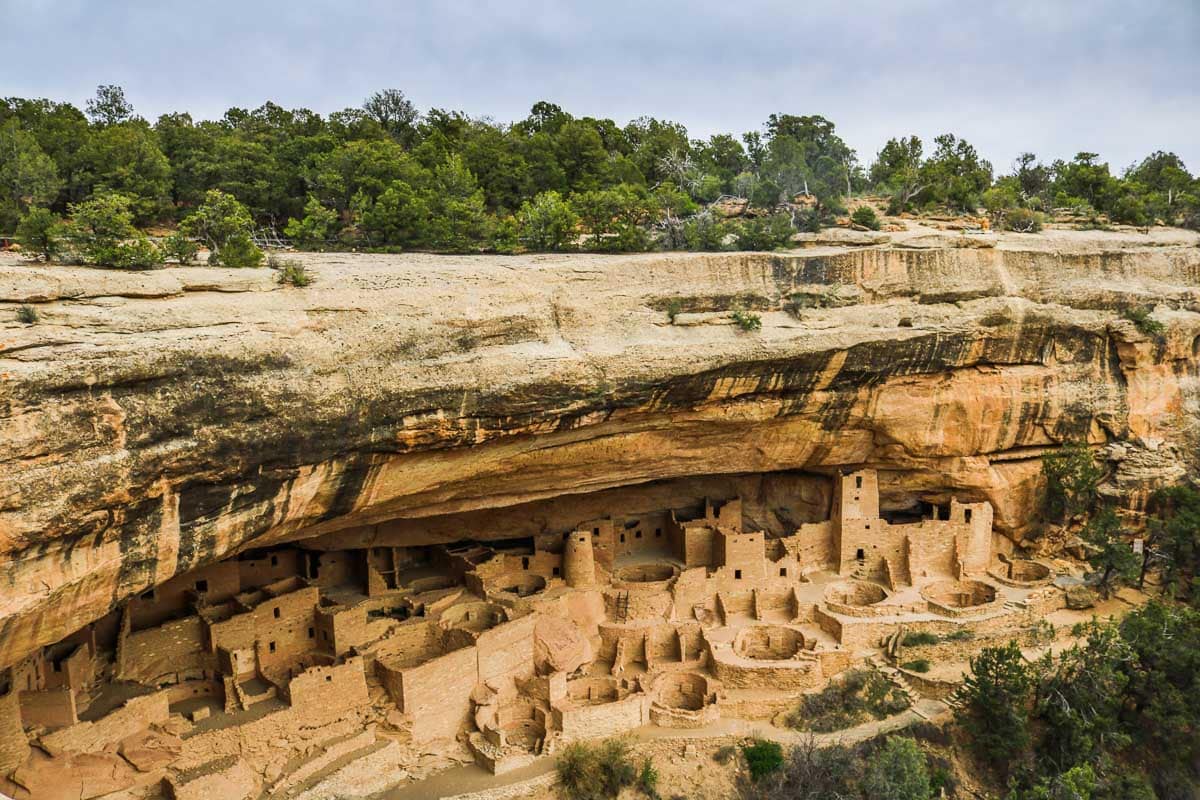
The Cultural Landscapes of Everyday Americans
Not all historically significant sites involve famous leaders or epic battles. The NPS also preserves the cultural landscapes of everyday Americans, illuminating how ordinary people have shaped the nation’s social and cultural fabric.
These include urban neighborhoods, industrial sites, and rural communities that document America’s evolution through immigration, labor, architecture, and innovation.
For example, Lowell National Historical Park in Massachusetts tells the story of America’s industrial revolution through its preserved mills and canals.
At Thomas Edison National Historical Park in New Jersey, you can visit the home and laboratory of Thomas Edison, one of history’s greatest inventors.
Rosie the Riveter/WWII Home Front National Historical Park in California, on the other hand, celebrates the contributions of women and minorities during World War II. These parks shine a light on the resilience, creativity, and diversity of the American people.
The Civil Rights Movement and Social Justice
In recent decades, the NPS has increasingly embraced its role in preserving and interpreting sites related to civil rights and social justice.
The Selma to Montgomery National Historic Trail follows the path of the 1965 voting rights marches. And the Martin Luther King, Jr. National Historical Park in Atlanta preserves the home, church, and tomb of the civil rights leader.
These sites are not simply commemorative; they are active spaces of education and reflection. They provide opportunities to engage with the ongoing struggle for equality and civil rights in America.
In a nation still grappling with systemic inequities, these parks serve as both inspiration and a call to action.
Interpretation and Education: Teaching the Nation’s Story
One of the most powerful roles of the National Park System is education. The NPS is one of the largest public education providers in the country, offering countless ranger-led programs, museum exhibits, online resources, and interpretive signage designed to inform and inspire.
Interpretation is not just about facts—it’s about context and meaning. Through thoughtful storytelling, park rangers help visitors understand the broader implications of the places they explore.
At Manzanar National Historic Site, for example, interpretation centers around the incarceration of Japanese Americans during World War II. By preserving the site and telling the stories of those who were imprisoned there, the NPS helps foster a national reckoning with the darker chapters of American history.
Inclusivity and Expanding the Narrative
For much of its early history, the National Park System was heavily focused on natural landscapes and monuments to political leaders. But over the last few decades, there has been a growing effort to diversify the types of stories and communities represented in the system.
New designations have increasingly reflected the histories of African Americans, Latinos, Asian Americans, women, LGBTQ+ individuals, and other historically marginalized groups.
The Stonewall National Monument in New York City, established in 2016, commemorates the 1969 uprising that sparked the modern LGBTQ+ rights movement. César E. Chávez National Monument in California honors the labor leader and civil rights activist who co-founded the United Farm Workers.
These parks are vital to ensuring that the full mosaic of American identity is preserved and respected.
Cultural Tourism and Local Economies
Beyond education and preservation, the National Park System plays a significant economic and cultural role in the communities surrounding its sites.
Cultural heritage tourism—traveling to experience the places, artifacts, and activities that authentically represent the past—generates billions of dollars annually. Visitors who come to learn about history also support local businesses, lodging, and restaurants, creating sustainable economic opportunities tied to heritage.
In 2023, visitor spending at and around NPS sites contributed no fewer than $55.6 billion to the U.S. economy.
Learn more about the economic impact of national parks here.
Moreover, when people travel to these sites, they are often inspired to connect more deeply with their own history and culture. Visiting a national park can be a transformative experience, encouraging a sense of stewardship not just for the land but for the stories and values that define a people.
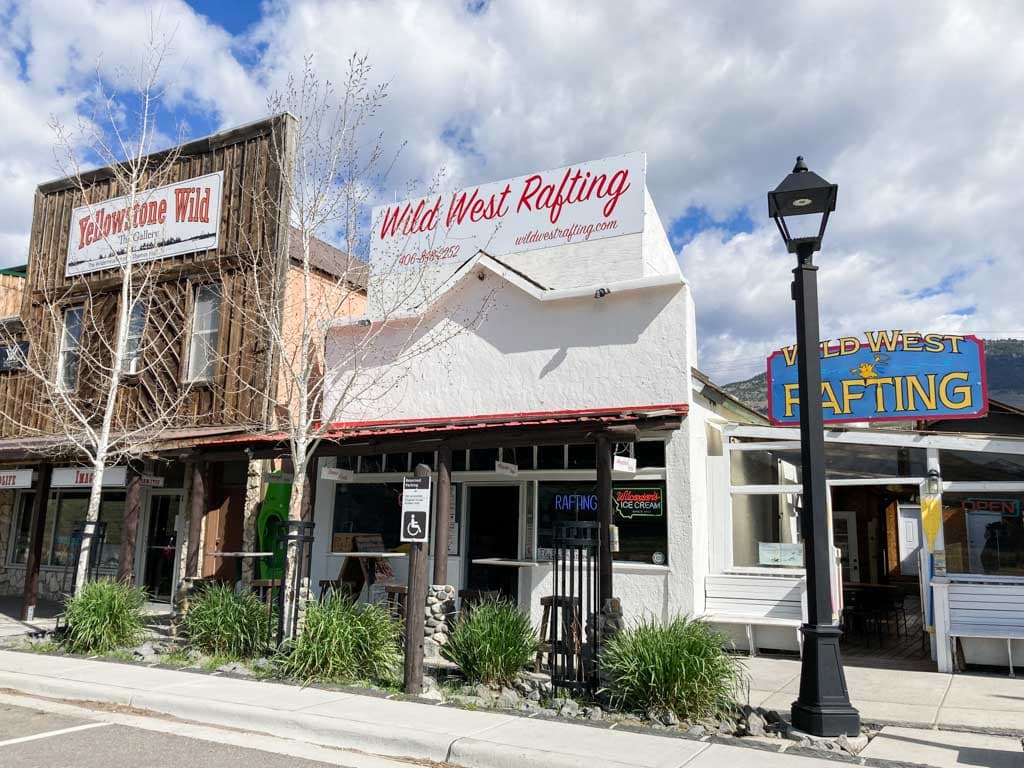
Preservation in the Face of Modern Challenges
Preserving historical and cultural sites is not without its challenges. Climate change, urban encroachment, pollution, and political shifts all pose threats to the long-term survival of these precious places.
Rising seas threaten to engulf colonial settlements along the Atlantic coast. Wildfires and extreme weather jeopardize historic structures and archaeological sites in the West.
To meet these challenges, the NPS has increasingly embraced scientific research, community partnerships, and adaptive management strategies. Technology also plays a growing role—digital archives, 3D modeling, and virtual tours help document and share endangered sites with broader audiences.
A Mirror and a Map: Why It Matters
The U.S. National Park System is more than a collection of beautiful landscapes and historical landmarks. It is a mirror that reflects the nation’s past—with all its triumphs and traumas—and a map that helps guide its future.
By preserving historical sites, the NPS helps Americans remember where they’ve come from, understand who they are, and imagine who they can become.
In a time of rapid change, polarization, and cultural fragmentation, the National Park System offers a shared space where history can—and should—be examined honestly, and values like democracy, justice, and stewardship can be reaffirmed.
Whether it’s a remote archaeological ruin or a bustling urban memorial, each park is a testament to the belief that some places—and the stories they tell—are worth preserving for all time.
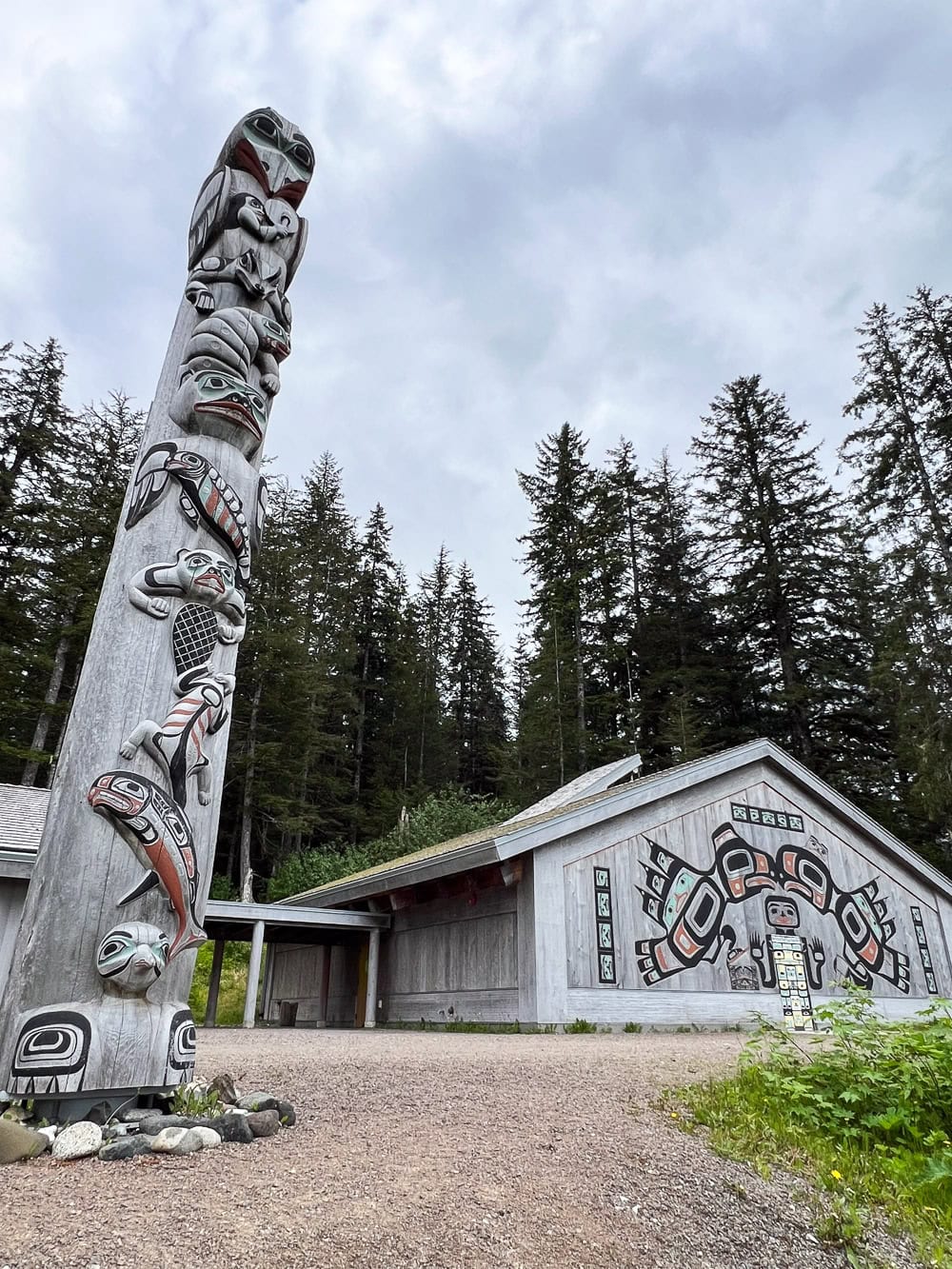
The preservation of American history and culture is not a static endeavor—it is an evolving commitment that requires vigilance, empathy, and inclusivity. The National Park System stands as one of the most visible and enduring embodiments of that commitment.
As stewards of the nation’s shared heritage, these parks play an essential role in shaping public memory, fostering civic identity, and building a more just and informed society.
In honoring the past, the National Park System empowers the present and protects the possibility of a better future. Its work is not only to conserve landscapes and landmarks but to keep alive the ideals, struggles, and dreams that have defined the American journey.




